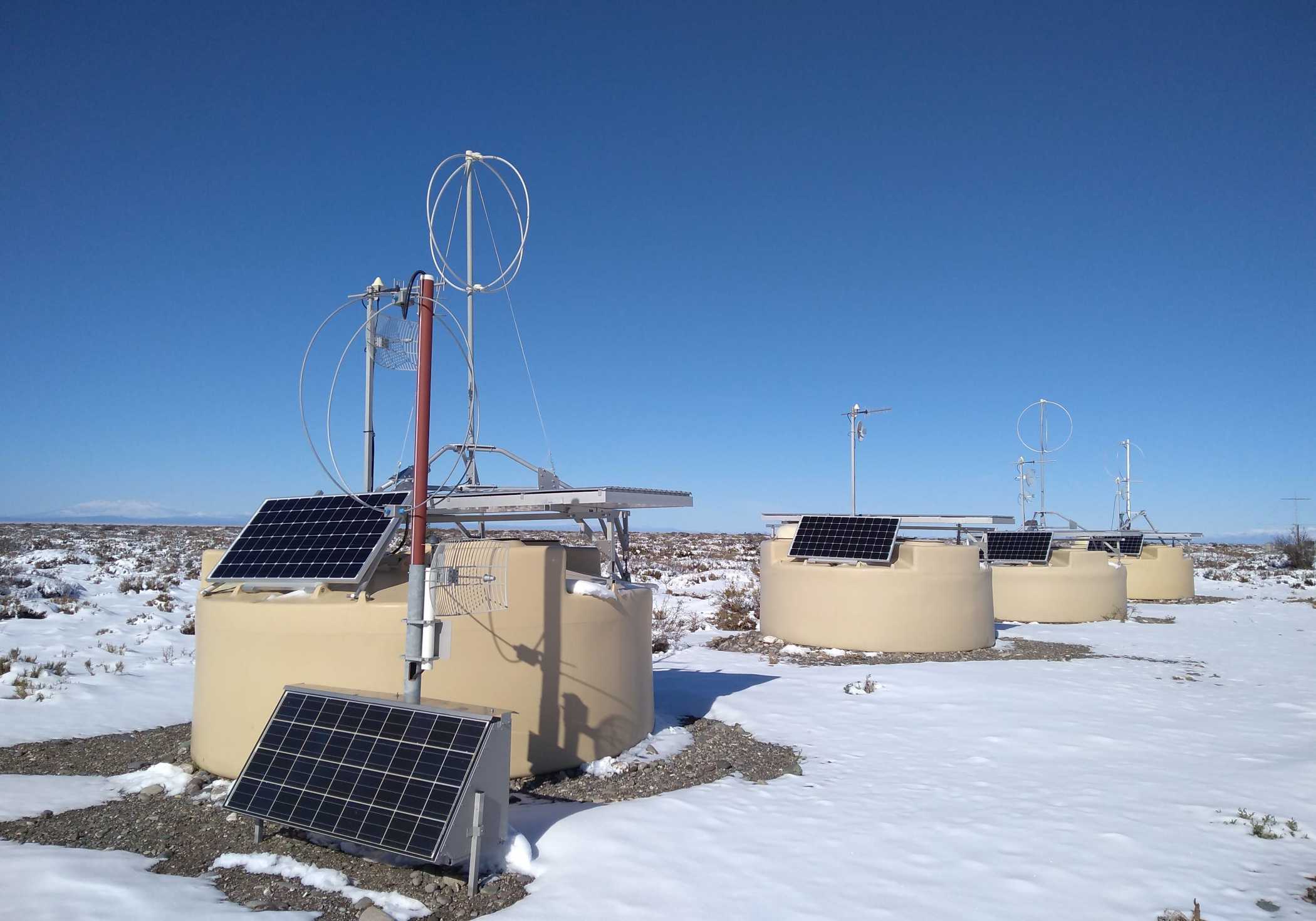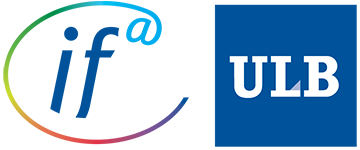Publication
Our Fellows in the Spotlight : Nicolas Gonzalez
18 January 2024

What is your project about and what are its objectives?
The research project aimed to strengthen one of the most nascent frontiers within the Pierre Auger
International Collaboration: the search for ultra-high-energy photons. Detecting the most energetic
gamma radiation in the Universe not only represents a milestone in the history of Astrophysics but
would also stand as one of the pivotal discoveries for the Pierre Auger Observatory, the world's
largest scientific installation in the field of Astroparticles.
Situated within the broader context of Multi-Messenger Astronomy, this initiative embodied the first
search for photons between 50 and 200 PeV in the Southern Hemisphere. It complemented
preceding findings by the Auger Collaboration at higher energy levels. Through this project, we
established the world's most stringent upper limits on the flux of ultra-high-energy photons. The
outcomes of this endeavor were presented at the International Cosmic Ray Conference (ICRC) 2023
in Nagoya, Japan, the most relevant conference in Astroparticle Physics.
What is the expected impact of your project on society ? / According to you, how could you
project contribute to society
This project has contributed to strengthening studies on gamma rays within the Auger Collaboration.
The pursuit of the Universe's most energetic radiation provides a unique opportunity to explore its
most violent and enigmatic objects, such as the merge of binary black holes or neutron stars. The
search for photons serves as a distinctive signature for exotic interactions between subatomic
particles, like protons and electrons, with energy levels far surpassing those achievable with our
current technology. The emergence of new theories, as a result of this research line, will mark the
initial stride toward novel technological advancements, such as those rooted in high-energy physics
characterizing the interaction of ionizing radiation with matter. For instance, advancements in
particle radiography and tomography, radiation therapy to treat cancerous tumors, development of
novel energy production procedures, and superconductors used in electronics. Overall, the societal
impact lies not only in advancing our comprehension of the universe but also in laying the
groundwork for future technological breakthroughs
Why did you decide to apply to Cofund IF@ULB? How would you say the experience
contributed/ is contributing to your personal and professional growth?
I applied to the Cofund IF@ULB Fellowship with the goal of enhancing my skill set through a diverse
range of training activities. The specialized courses and workshops provided me with a significant
uplift in my theoretical knowledge, soft skills, and project management, including human resources.
The ULB, particularly the Inter-University Institute for High Energies (IIHE) as the host institute and
the Supervisor of this project Prof. Dr. Ioana Mariş, created an ideal environment for fostering
intellectual exchange between myself and senior scientists with diverse expertise.
Transitioning from a first postdoctoral fellowship between 2018 and 2020 to a tenured-track
permanent position initiated in 2023, I recognized the need for a high-profile Fellowship to achieve
professional maturity. The Cofund IF@ULB Fellowship played a crucial role in elevating the quality of
my research both practically and managerially. The continuous improvement in the oral and written
dissemination of scientific output was a direct result of knowledge exchange with colleagues. This
was particularly evident in high-level conferences, such as the ICRC 2023, where the project results
were presented.
The Fellowship program also included concepts related to networking and collaborative research.
These lessons equipped me with the resources necessary to establish an international presence in my
field. Additionally, the program's focus on supervising students and refining my grant-writing skills
was instrumental in developing the leadership attitude required to secure essential funding for
future endeavors.
In essence, the Cofund IF@ULB Fellowship has been a transformative experience, contributing
significantly to my personal and professional growth, and preparing me for the next phase of my
career.
What are the achievements (both professional and personal) you are most proud of?
After the successful completion of this Fellowship, I am a recognized member in the international
Neutral Particles working group within the Auger Collaboration, garnering substantial expertise in
Astroparticle Physics (cosmic rays and photons) over nearly a decade-long career within the
Collaboration.
This project has set the foundations of the line of research guiding my career. From the scientific
point of view, one of my long-term objectives is the extension of the Auger Science Case in relation
to the Multi-Messenger Astronomy for the study of Galactic astrophysical objects, opening the ultra-
high energy photon window in Astronomy.
Thanks to the impact of this Fellowship in my career, I am now able to imprint to the students a
strong international collaborative philosophy, independently of their geographic location. In this
regard, all the concepts that I acquired regarding the students supervision, leadership assets and
project management features facilitated such achievement.
During the Auger Collaboration meeting in November 2022, the results from this project were valued
and it has received a complete support from the senior members and Collaboration Board. In this
sense, it has been put forward as one of the flagship analyses to represent the Collaboration in the
last ICRC in July 2023. Furthermore, a full-author list paper on behalf of the Collaboration is being
written in close Collaboration with the Supervisor of this project, Prof. Dr. Ioana Mariş.
Finally, what’s next for you?
In January 2023, I initiated a tenured track full-time researcher position in the ITeDA institute in
Buenos Aires, Argentina, which is also a member of the Auger collaboration. Considering the
significant independence of this researcher position, I am able to continue developing the research
line initiated with this Fellowship. The bonds with the IIHE permitted to maintain the workflow and
fulfill the remaining achievements and pending goals of this project during 2023, aspects that are in
agreement with the interests of my new institution.
The results from this research project will be extended by adding measurements taken with
complementary detection systems in Auger, initiating the 2nd generation of the ultra-high energy
photon searches in early 2024. In this scenario, Machine Learning techniques will be explored in
order to combine the different observables extracted by the various detectors. As a spin-off project, I
am collaborating with my previous working group at ULB on a proposal to design a surface detector
array capable of extending the photon search to even lower energies, codenamed Project for
Extreme PeVatron Sources (PEPS). The proof of concept was presented as a poster in the last ICRC
2023. During 2024, I am looking forward to enhancing the collaboration in this new exciting project.
Find more about Nicolas and his research here.

Nicola's project has received funding from the European Union’s Horizon 2020 research and innovation programme under the Marie Skłodowska-Curie grant agreement No 801505.
